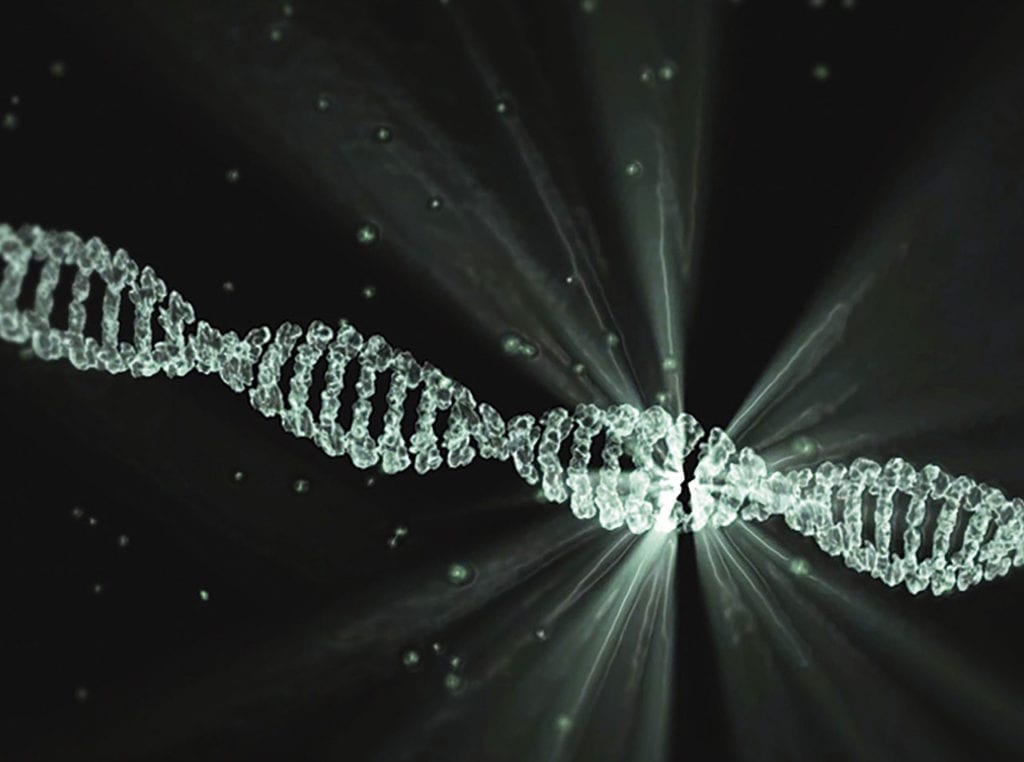Patients diagnosed with Duchenne muscular dystrophy (DMD) have always lived with a grim prognosis. Many don’t make it into their 20s and face debilitating symptoms years earlier– a dark reminder of the toll this genetic disorder brings to its patients and their families.
Duchenne muscular dystrophy is a genetic disorder that affects the muscles of patients due to a lack of dystrophin protein. It’s progressive and debilitating, leading to muscular deterioration, and potential paralysis.
Researchers at UT Southwestern Wellstone Muscular Dystrophy Cooperative Research Center in Dallas, TX are using a process called genome editing to modify the genes of a subject to correct for DMD. It’s a part of the search for a cure or a treatment for the disease.
Researchers used CRISPR-Cpf1, a new gene-editing enzyme. CRISPR-Cpf1 is a state-of-the-art advancement over the CRISPR-Cas9, previously the choice in gene editing. Scientists at UT Southwestern modified the abnormal gene in mice and in the cells of humans to correct for DMD.
“You can think about DNA as billions of letters of DNA in every cell in the body. What CRISPR gene editing can do is it can find a typo, one single letter, that is erroneous and it can fix it,” — Dr. Eric Olson, Study researcher
The Centers for Disease Control and Prevention reports that Duchenne is found in about 1 out of every 5,000 young males. In addition to damaging skeletal muscles, it also affects the cardiac muscle– many patients die of heart failure as young adults.
Thankfully, life expectancy has increased dramatically in Duchenne’s patients and many are living longer and more active lives. Researchers have spent decades looking for a treatment they can give that will stop the progression of the disease as soon as it’s diagnosed. So far research hasn’t achieved that goal… yet. But recent developments have brought hope to families struggling with this progressive disease.
It’s important to realize that genome editing with CRISPR-Cpf1 will not restore the damage already done to patients with DMD, but many hope it can stop the progression of the disease. Identifying possible patients early before major damage occurs in muscles, and treating patients in childhood would change the game dramatically for boys who are born with this genetic defect.
Although it’s taken decades of work to get where we are now, it’s worth considering that it wasn’t until that 1986 researchers started focusing on the cause of muscular dystrophy. This is when that they discovered the flaw on a specific gene on the X chromosome that leads to Duchenne. Only a year later, in 1987, researchers discovered and named the dystrophin protein and found that patients with DMD had less dystrophin in their muscle cells, which made the muscles fragile and easily damaged, and lead to weakness in the muscles.







